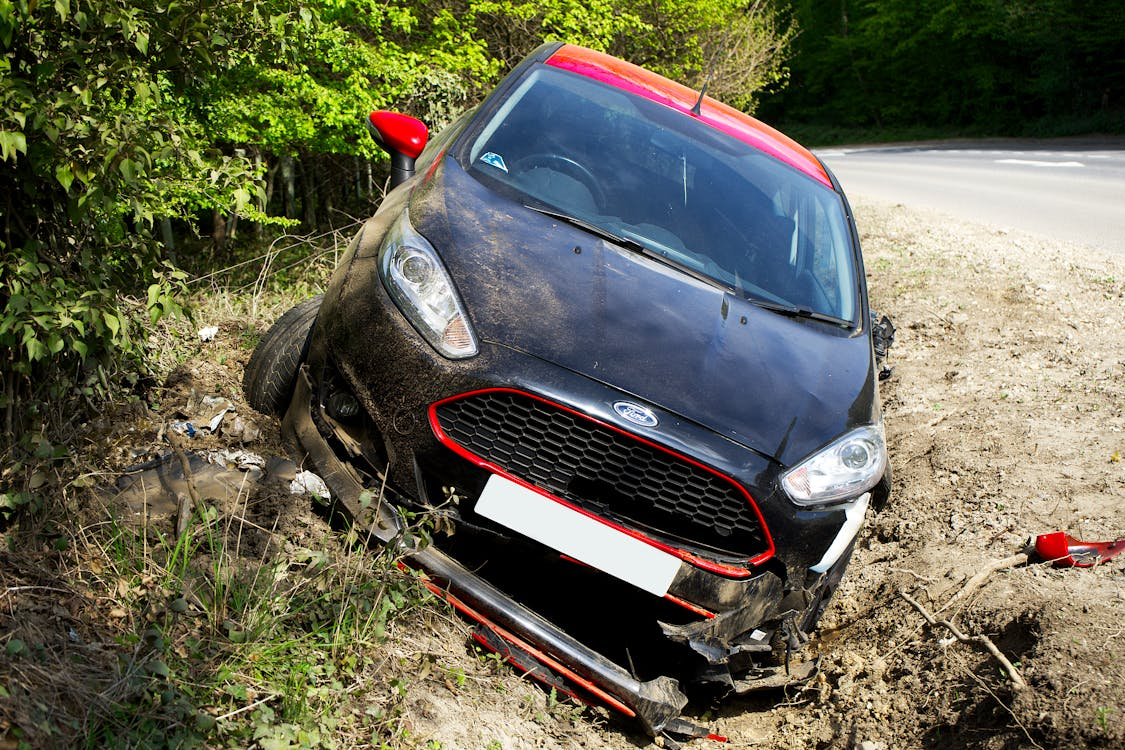Proving Fault in Complex Car Accident Scenarios
Share
Share

Been in a car accident? Determining who is responsible becomes complicated when multiple factors contribute to a crash.
The U.S. sees over 6 million car crashes every year which result in more than 38,000 deaths annually according to current statistics. Establishing fault after a crash is essential for insurance claims and compensation procedures.
The challenge? Complex accidents aren’t straightforward. That’s why many victims seek help from a car accident lawyer with experience who can navigate the complicated process of establishing liability and ensuring fair compensation.
Not all accidents are simple fender benders. Some situations make determining liability especially challenging:
Multiple vehicles often participate in chain reaction accidents and each driver may have varying degrees of responsibility. Investigators must determine:
Drivers make improper lane changes which lead to these accidents. To establish fault in an accident investigators must look at which driver maintained the right of way and whether signaling was executed properly.
Presumption of fault usually falls on the turning driver unless the accident involved speeding by the opposing driver.
Around 40% of all car accidents occur during intersection collisions. Determining fault requires establishing who had the right of way which becomes difficult when witness statements conflict.
During complicated accidents, reliable evidence stands as your strongest support.
The placement of vehicles along with skid marks and damage patterns reveal information about the accident’s sequence of events. It is essential to take pictures as soon as possible after an accident occurs.
Dashcams along with business surveillance footage and traffic cameras can deliver conclusive evidence about the accident’s sequence.
Police officers record their observations during an investigation while potentially deciding initial fault responsibility. Insurance companies place high importance on these official reports.
Witnesses who have no vested interest in the accident outcome deliver vital testimony about the pre-crash events.
Accident reconstruction experts employ scientific techniques to analyze vehicle speeds and impact angles and establish the order of multiple impacts when investigating highly complex incidents.
What happens when both drivers share blame? Most states use comparative negligence systems:
California and similar states permit individuals to pursue damages when they hold 99% fault yet their compensation will decrease according to their fault percentage.
This system operates in most states by permitting damage recovery only when your responsibility level falls below 50% or 51%. A driver in Texas who is 50% or less at fault for vehicle accidents can claim damages since Texas reported 4,481 fatalities from vehicle accidents in 2022.
Certain states maintain this harsh regulation that prohibits any recovery if you share any responsibility for the accident.
Insurance companies aim to minimize payouts. Be aware of these common tactics:
The first settlement offers you receive from insurance companies will typically fall below the real value of your claim. Make sure you understand the complete extent of your injuries before agreeing to any settlement offer.
Adjusters ask for recorded statements as they hope you will make admissions that can later be used to dispute your claim. Consult with a lawyer before giving statements.
Insurance companies routinely scan social media for evidence that challenges the validity of injury claims. Be careful about what you share online.
Impaired driving causes approximately 10% of fatal crashes as per data reports while speeding results in nearly one-third of all road traffic deaths. Insurance companies frequently use these factors to allocate blame even though they do not apply to your particular incident.
Legal assistance is generally unnecessary for straightforward accidents with obvious liability but becomes highly advantageous for complex cases.
In situations where different parties contest the cause of an accident an attorney can assist in collecting and presenting proof to determine responsibility.
Accidents with multiple vehicles and commercial trucks or government entities create substantially larger legal challenges.
Serious injuries lead to substantial medical costs and income loss. Insurance companies examine high-stakes claims more carefully.
In 2022 pedestrian fatalities went up by 2% while cyclist fatalities experienced an 8% increase. The proof of liability becomes a difficult process for these vulnerable road users which makes it essential for them to have legal representation.
Collecting evidence becomes paramount immediately following an accident.
Some injuries may not show symptoms right away even though you feel well. Your injuries and the crash are connected through medical records made shortly after the incident.
Modern technology provides powerful evidence:
The NHTSA reported a 3.6% drop in motor vehicle fatalities from 2022 to 2023 with 40,990 deaths. The complexity of establishing fault persists even after serious accident improvements.
The success or failure of your claim depends significantly on how insurance adjusters handle the case. Here’s how to interact with them effectively:
Maintain records of each conversation with details such as names, dates and discussed topics. Send follow-up emails after essential phone calls to establish a documented record.
Maintain factual accuracy when reporting details of the accident. Never guess about the root cause of the crash or accept any responsibility even if you feel partially responsible.
Avoid signing insurance company documents before you understand their contents. Settlement agreements frequently contain clauses that eliminate your ability to pursue further financial claims.
A car accident lawyer helps balance negotiations with daily practice insurance adjusters who handle claim processes. They know the strategies employed by insurance companies to reduce payment amounts.
Determining fault in complicated car accidents demands systematic evidence collection along with comprehending applicable legal standards and managing insurance firms’ strategies.
Remember these key points:
Implementing proper actions and obtaining necessary help enables you to better prove liability and get adequate compensation for your damages. Proper legal representation yields multiple returns on investment when dealing with complex accident cases.
Leave a Reply